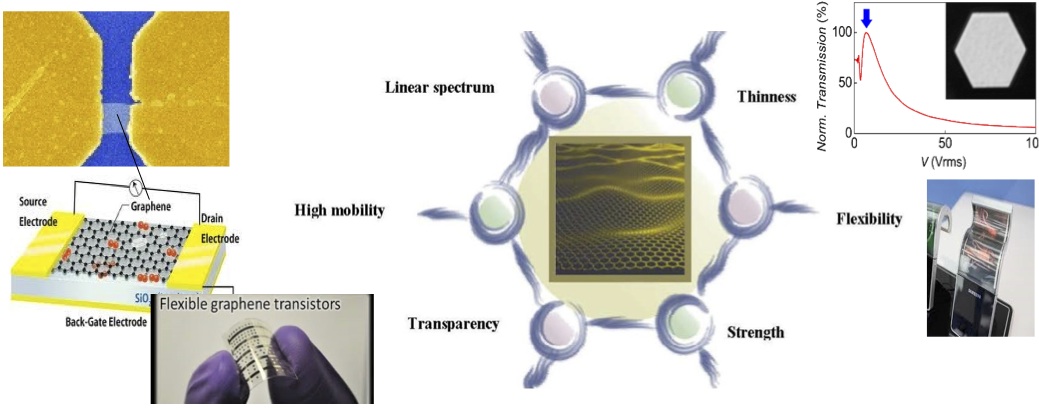Dipartimento di Matematica Guido Castelnuovo, Università Sapienza Roma

Abstract: Graphene, a carbon layer packed in a 2D honeycomb lattice, has been discussed theoretically in the 1940s, tough it took sixty years to be experimentally isolated in 2004. After ten years, as a result of its appealing electrical, mechanical and optical properties, graphene has driven an unexpected technological revolution. A snapshot of a variety of promising applications from flexible electronics to energy storage, to biomedical applications will be presented. The ongoing research is now driven by the control and the design of the structural and electronic graphene properties. Examples are: (i) the control of mobility (metal or insulator?) tailoring graphene nanoribbons, (ii) the control of charge transfer and lithium uptake for energy storage applications, as a function of graphene morphology, (iii) the enhancement of magnetic anisotropy with magnetic systems in contact with graphene. These recent experimental results are presented, looking forward further achievements on the ongoing graphene future technologies.

